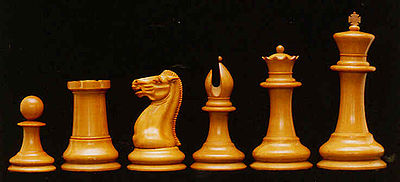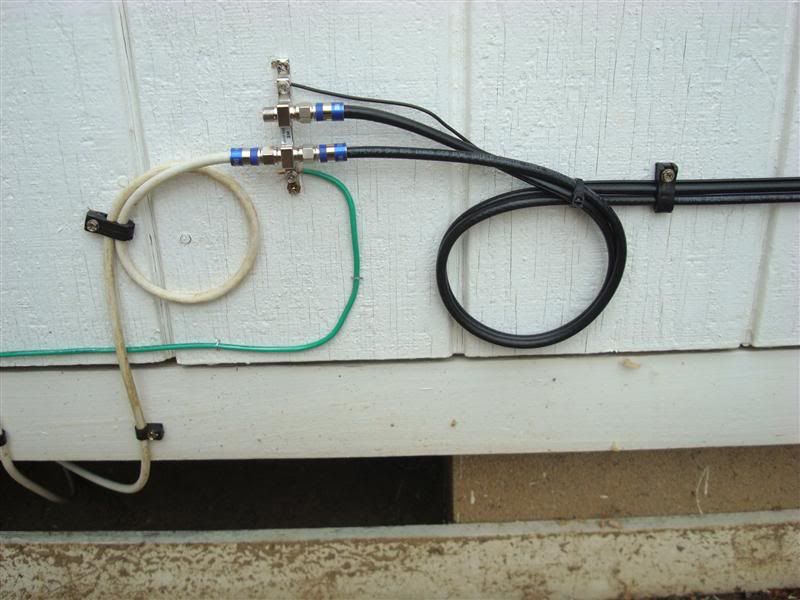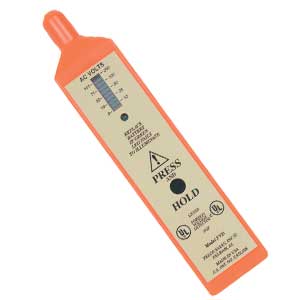Just waiting to hit the lottery to get one of this chess set
Wood Chess Pieces with class. This video introduces the American Staunton Wood Chess Pieces with 3 3/4" King available at Wholesale Chess. These wood chess pieces are made to last and are worth every penny
Staunton chess set
From Wikipedia, the free encyclopedia
The Staunton chess set is composed of a particular type of chess pieces used to play the game of chess. According to the rules of chess, this style is to be used for competitions. Nathaniel Cook is credited with the design, and they are named after Howard Staunton. The first 500 sets were hand signed and numbered by Staunton.[1] This style of set was first made available by Jaques of London in 1849, and they quickly became the standard. They have been used around the world since.[2]
Old style chess sets[edit]
The increased interest in the game of chess, particularly in international play during the late 18th century and early 19th century, brought about a renewed demand for a more universal model for chess pieces. The variety and styles of the conventional form, begun in the 15th century, had expanded tremendously by the beginning of the nineteenth century. Conventional types popular during the period included the English Barleycorn chess set, the St. George chess set, theFrench Regence chess set (named after the Café de la Régence in Paris) and the central European Selenus chess set. Most pieces were tall, easily tipped and cumbersome during play, but their major disadvantage was the similarity of the pieces within a set. A player's unfamiliarity with an opponent's set could alter the outcome of a game.
By the early decades of the 19th century, it was all too clear that there was a great need for a chess set with pieces that were easy to use and universally recognized by chess players of diverse backgrounds. The solution, first released in 1849 by the purveyors of fine games, John Jaques of London, sport and games manufacturers, of Hatton Garden, London England, was to become known as the Staunton chess set after Howard Staunton (1810–1874), the chess player and writer who was generally considered the strongest player in the world from 1843 to 1851.
Although Nathaniel Cook has long been credited with the design, it may have been conceived by his brother-in-law and owner of the firm, John Jaques.
- First theory
The first theory of the development of the set is that Mr. Cook had used prestigious architectural concepts, familiar to an expanding class of educated and prosperous gentry. London architects, strongly influenced by the culture of Greece and the culture of ancient Rome, were designing prestigious buildings in the neoclassical style. The appearance of the new chessmen was based on this style and the pieces were symbols of "respectable" Victorian society: a distinguished bishop's mitre, a queen's coronet and king's crown, aknight carved as a stallion's head from the Elgin Marbles from the Parthenon, and a castle streamlined into clean classical lines, projecting an aura of strength and security. The form of the pawns was based on the Freemasons' Square and Compasses; however, another theory regards the pawns' form as derived from the balconies of Victorian architecture. There were also practical innovations: for the first time a crown emblem was stamped onto a rook and knight of each side, to identify their positioning on to the king's side of the board. The reason for this is that in descriptive chess notation, the rooks and knights were often designated by being the "queen's knight", the "king's rook", etc.[3]
- Second theory
The second theory is that Jaques, a master turner, had probably been experimenting with a design that would not only be accepted by players, but could also be produced at a reasonable cost. In the end, he most likely borrowed and synthesized elements from sets already available to create a new design that used universally recognizable symbols atop conventional stems and bases. Moreover, the pieces were compact, well balanced and weighted to provide a useful understandable playing set.[3]
- Third theory
The third theory is it was a combination of both theories with the synergy of Mr. Cook the entrepreneur and Mr. Jaques the artisan.[3]
However, chess books of the day were using icons of chess pieces in diagrams of a design similar in many respects to the Staunton men from 1818. This indicates that the Staunton design was taken from these diagrams. An idea very likely picked up by a printer.[4]
Design[edit]
The ebony and boxwood sets were weighted with lead to provide added stability and the underside of each piece was covered with felt. This afforded the players the illusion that the chessmen were floating across the board. Some ivory sets were made from African ivory. The king sizes ranged from 31⁄2 to 41⁄2 inches (89 to 114 mm) and the sets typically came in a carton-pierre case, each one bearing a facsimile of Staunton's signature under the lid.
The Staunton pieces broadly resemble columns with a wide molded base. Knights feature the sculpted head and neck of a horse. Kings, the tallest pieces, top the column with a stylised closed crown topped with a cross pattée. Queens are slightly smaller than kings, and feature a coronet topped with a tiny ball. Rooks feature stylised crenellated battlements and bishops a Western-style mitre. Pawns are the smallest and are topped by a plain ball. Pieces representing human characters (the king, queen, bishop, and pawn) have a flat disk separating the body from the head design; this is called a collar.
Patent[edit]
Jaques then approached his brother-in-law for advice. At the Patent Office, on March 1, 1849, Nathaniel Cook, 198 Strand, London, England, registered an Ornamental Design for a set of Chess-Men, under the Ornamental Designs Act of 1842. At that date, there was no provision for the registration of any design or articles of ivory; registration was limited to Class 2, articles made chiefly of wood.
Marketing[edit]
Mr. Cook was the editor for the Illustrated London News where Howard Staunton published chess articles. He convinced the champion to endorse the chess set. The advertisement possibly written by Mr. Staunton published as follows:
A set of Chessmen, of a pattern combining elegance and solidity to a degree hitherto unknown, has recently appeared under the auspices of the celebrated player Mr. STAUNTON. A guiding principle has been to give by their form a signification to the various pieces - thus the king is represented by a crown, the Queen by a coronet, &c. The pieces generally are fashioned with convenience to the hand; and it is to be remarked, that while there is so great an accession to elegance of form, it is not attained at the expense of practical utility. Mr. STAUNTON'S pattern adopts but elevates the conventional form; and the base of the Pieces being of a large diameter, they are more steady than ordinary sets.—Illustrated London News, September 8, 1849.
Staunton not only endorsed the product for Jaques of London but promoted it to an extraordinary degree including the lambasting and derision of any other design of chessmen then proposed. This may have been the first time that a celebrated name was used to promote a commercial product. The Staunton, as it became known, became available to the general public on September 29, 1849. The Staunton style was soon the standard on which most tournament playing pieces have been made and used around the world ever since. The low cost of the Staunton set allowed the masses to purchase sets and helped to popularize the game of chess.
The Staunton set obtained the stamp of approval of FIDE, the World Chess Federation, when in 1924 it was selected as their choice of set, for use in all future international chess tournaments.
Variants[edit]
There are seventeen recognized derivative variants of the original 1849 Staunton chess set classified as follows:[5]
- Leuchars chess set (1849);
- Cook chess set (1849–1850);
- Wedgewood chess set (1849);
- Morphy chess set;
- Harrwitz chess set (1852–55);
- Paulsen chess set (1853–1855);
- Anderssen chess set (1855–65);
- Steinitz chess set (1865–70);
- Tarrasch chess set(1870–1875);
- Zukertort chess set (1875–80);
- Lasker chess set (1880–85);
- Pre-Hartston chess set (1885–1890);
- Hartston chess set (1890–1900);
- Marshall chess set (1900–15);
- Nimzovitch chess set(1927–1937);
- Broadbent chess set (1925–37); and
- Lessing chess set (1927–1937).
Modern times[edit]
For over a century and a half, the Staunton chess set has proven to be extremely popular and is likely to remain so in the future.[2] The design is successful because of its well-balanced and easily recognized pieces. The Staunton design is currently recognized as the official standard for tournament chess pieces.[6] Anthony Saidy and Norman Lessing wrote that, "if a vote were taken among chess-players as to which pieces they most enjoyed playing with, there can be no doubt that the Staunton chessmen would win by an overwhelming margin. They are invariably used in major chess tournaments. No self-respecting chess club would be without them. They afford the most pleasing combination of utility and aesthetic appeal."[7]
Wooden Staunton chess sets were often turned on a lathe, then non-circular details were added by hand; the knights were made in two parts which were stuck together with adhesive.
- A modern Staunton set, in wood
- A modern Staunton set, in plastic
Knight variations[edit]
Even among sets of the standard Staunton pattern, the style of the pieces varies. The knights vary considerably. Here are some examples.
See also[edit]
.















































